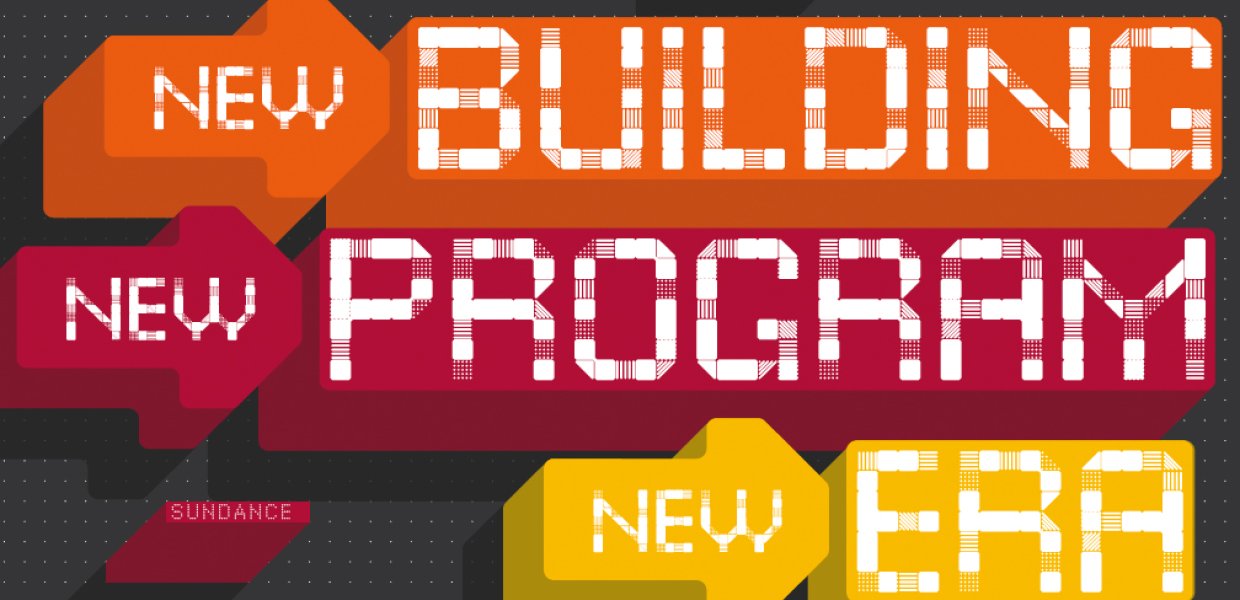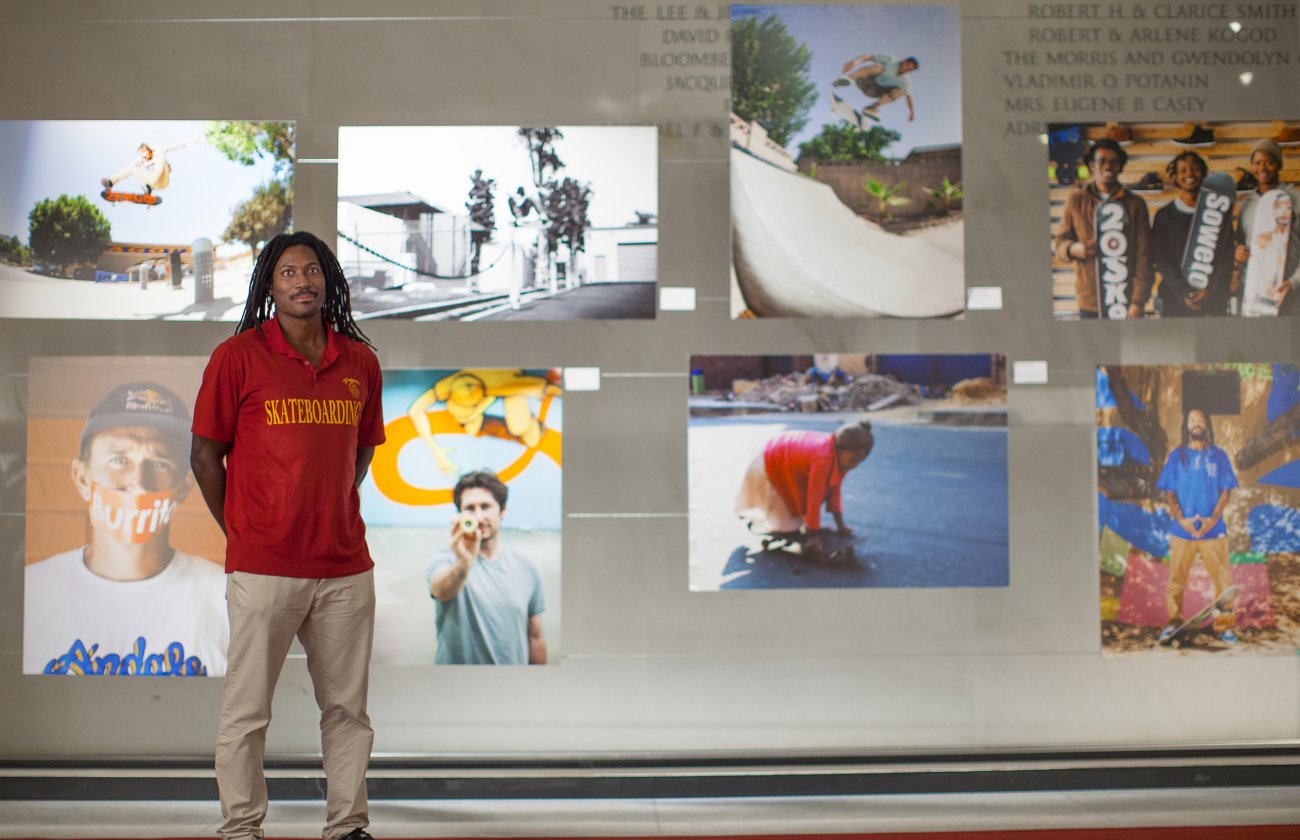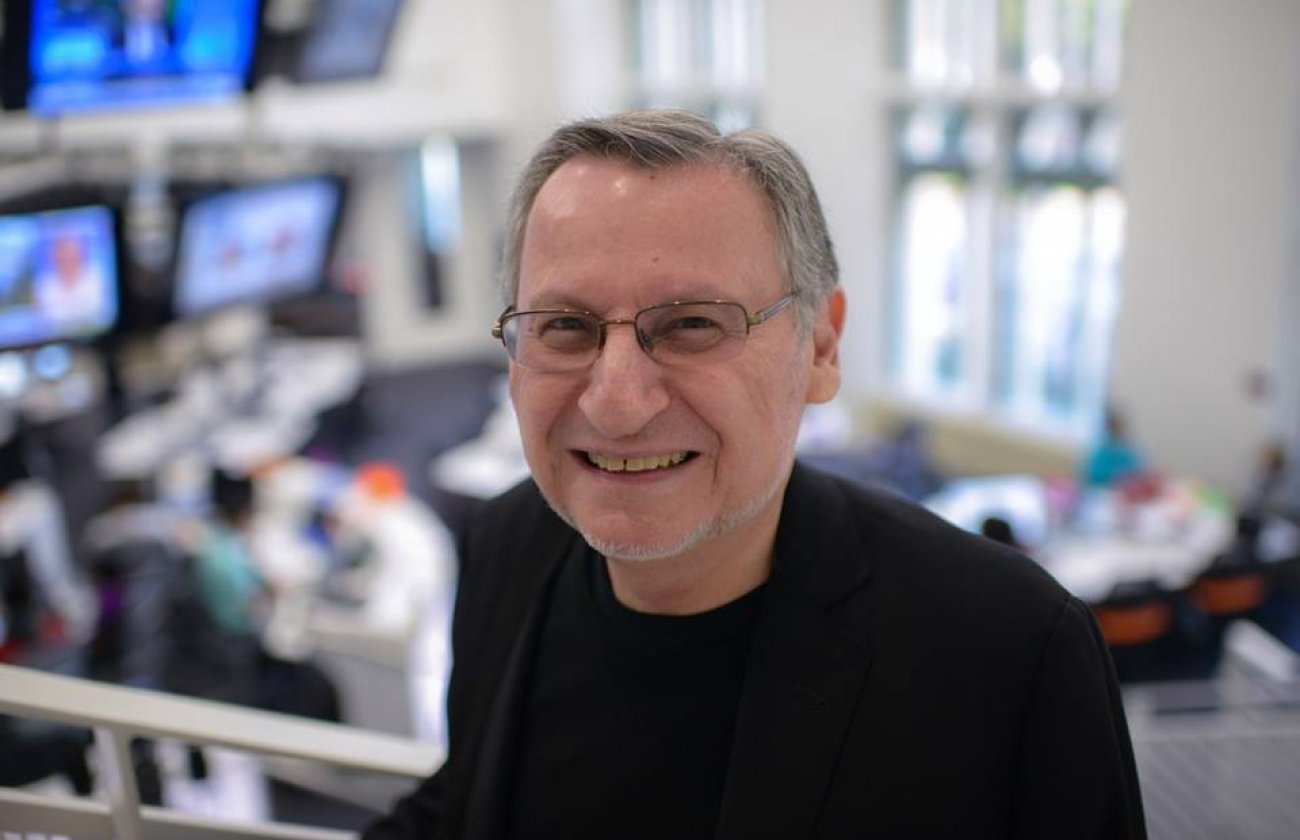In the Annenberg Innovation Lab’s Edison Project, we argue that the media and entertainment industry is experiencing its biggest changes since Thomas Edison invented the Kinetoscope.
A big part of this is the “screens” we use. Desktops yielded to laptops, laptops are yielding to mobile devices, and soon they’ll yield to wearables, the Internet of Things, the connected home and the connected city. At AIL, we’re prototyping stories for that future. I built “Lighthouse in the Woods,” an Oculus Rift virtual reality experience. We’re also building a storytelling experience for smart objects and sketching out storytelling experiences for places like the Figueroa Innovation Corridor. However, as devices like Google Glass literally come between us and the world, who has “read/write access” to the world becomes crucial. If you read Harry Potter and then visit London, you can almost see Harry racing to Platform 9 3/4.
If you read The Hunchback of Notre Dame and then visit Paris, you can almost hear Quasimodo ringing the bells. That’s because J.K. Rowling and Victor Hugo could write books set in these locations, and those stories are evoked when we readers visit those places. But what happens when storytelling on wearable devices becomes mainstream, and when stories are triggered at real-world locations? What if government and/or big business restricted that access? It’s not unimaginable; what if such stories were legislated like graffiti? Who will have read/write access in that world? Who will determine what that future world of storytelling will be like?
*Long is Technical Director and Research Fellow at the Annenberg Innovation Lab









